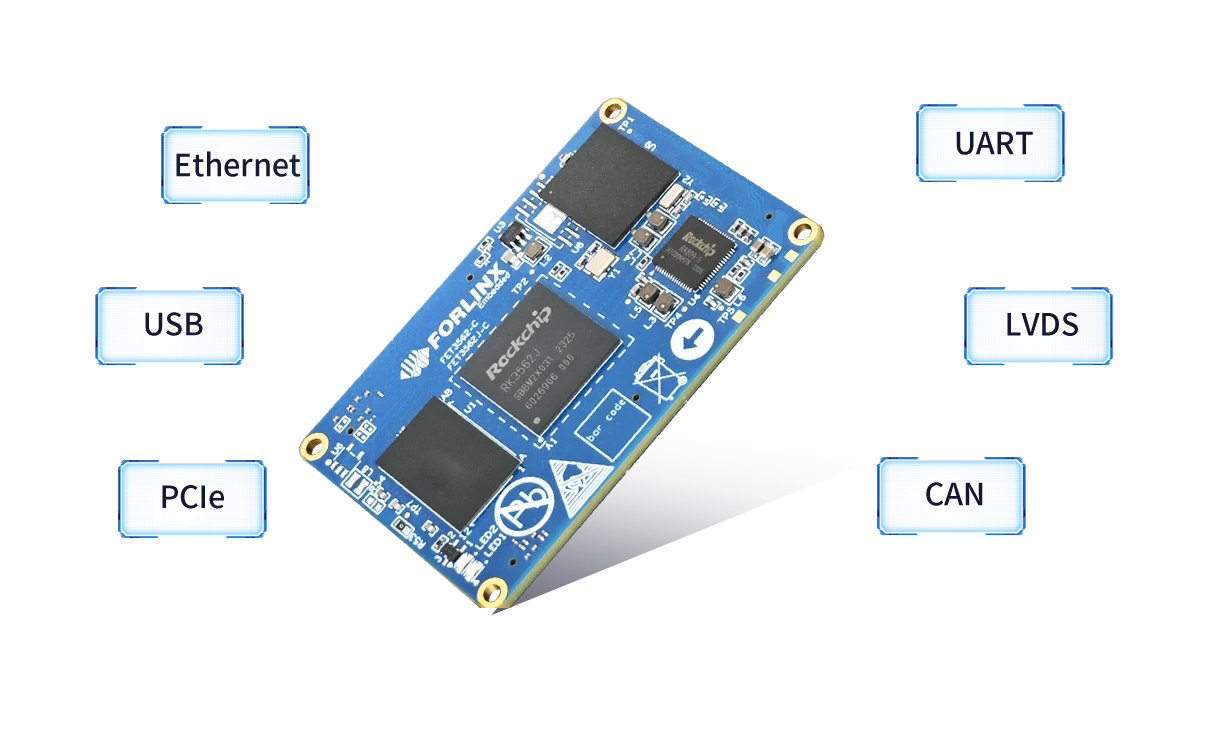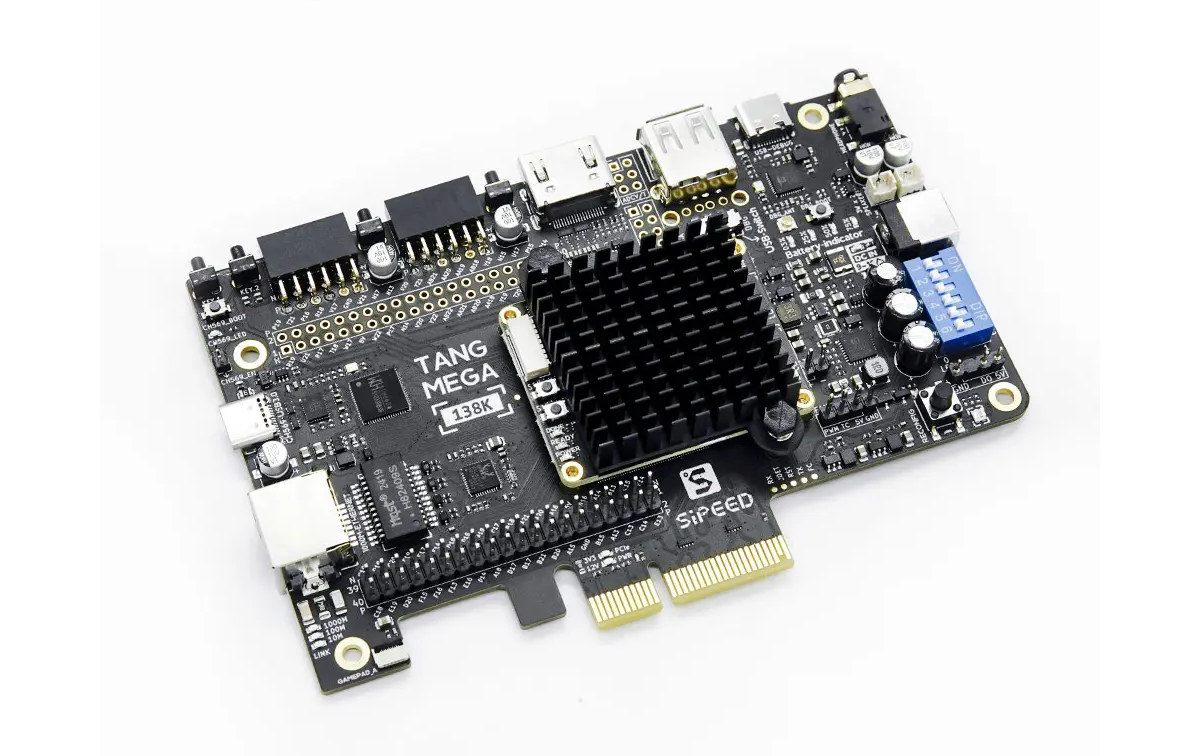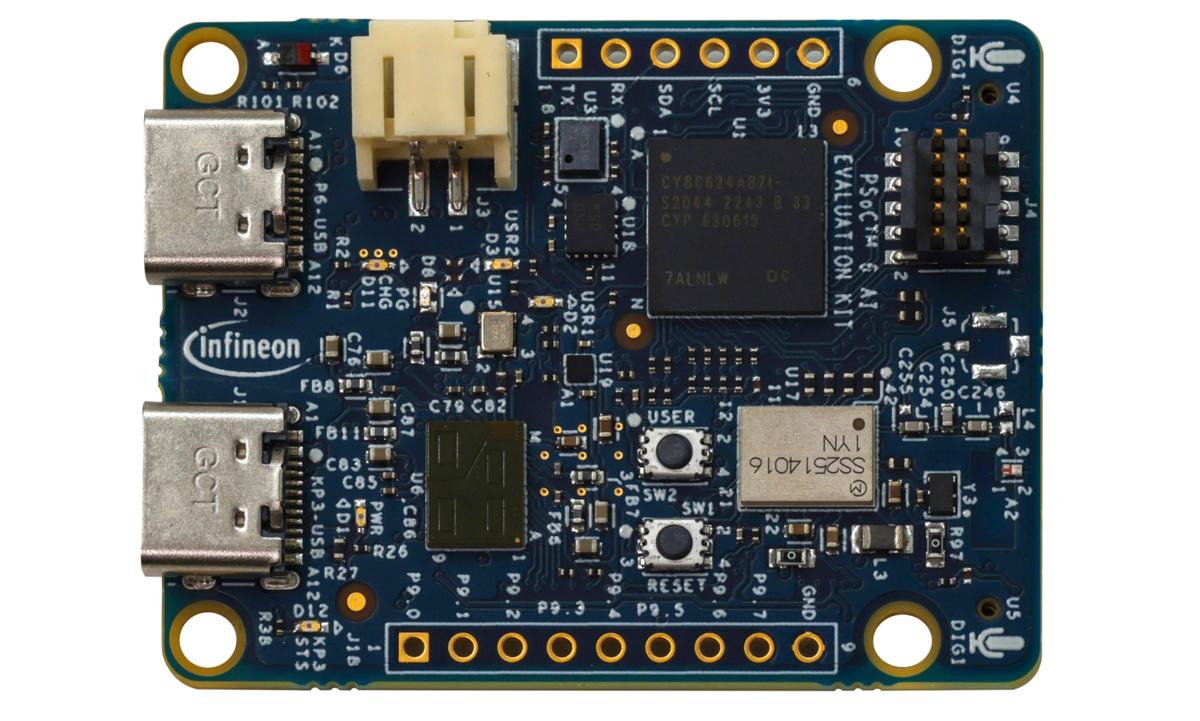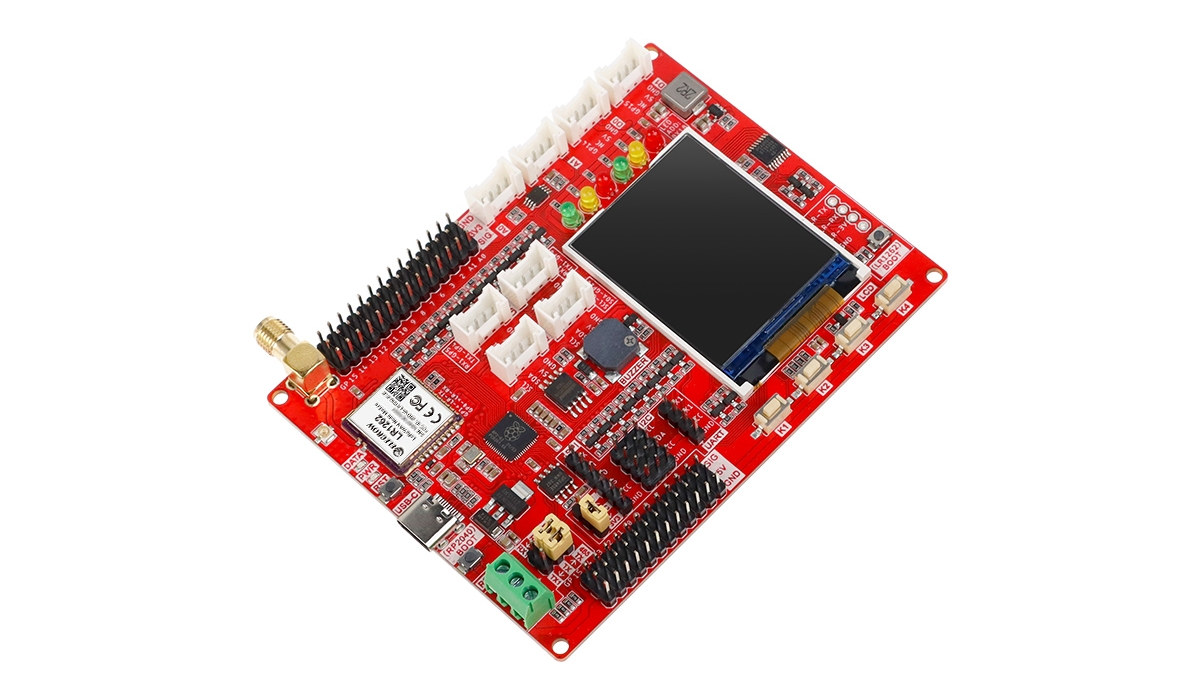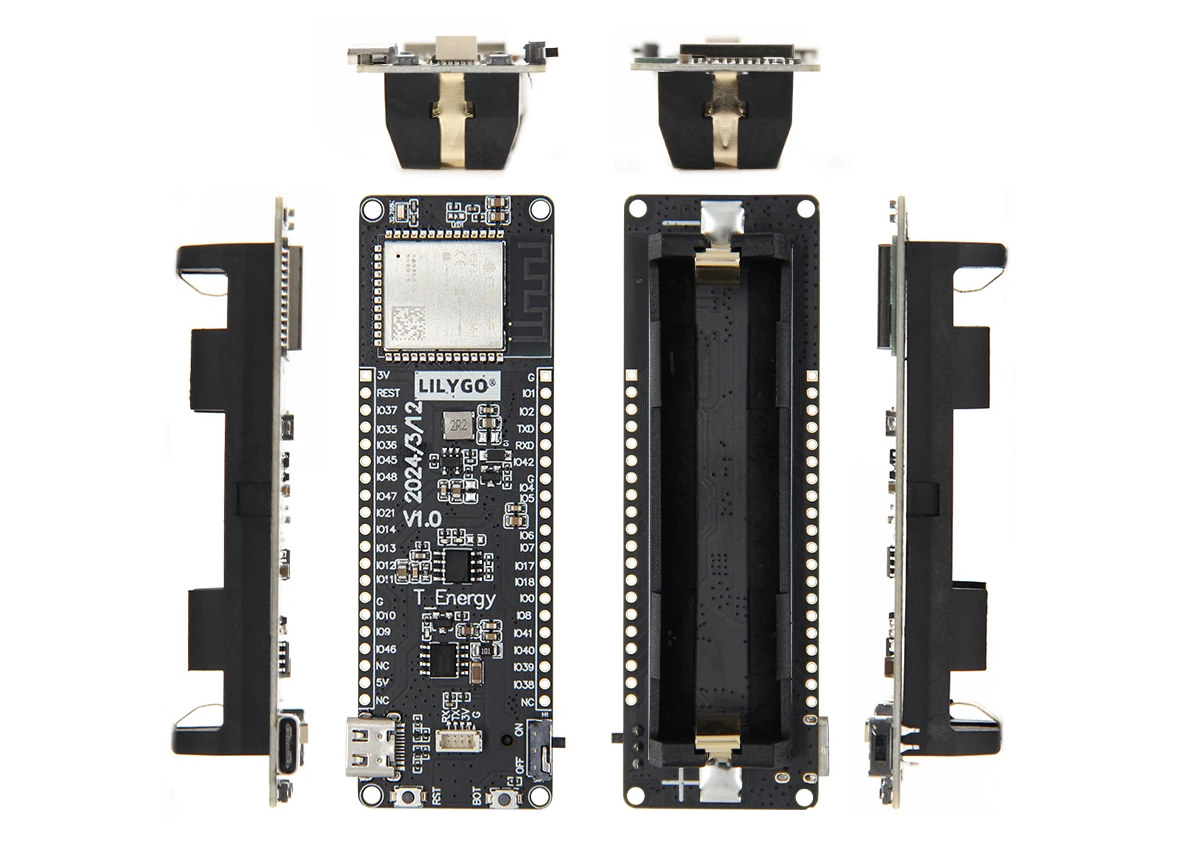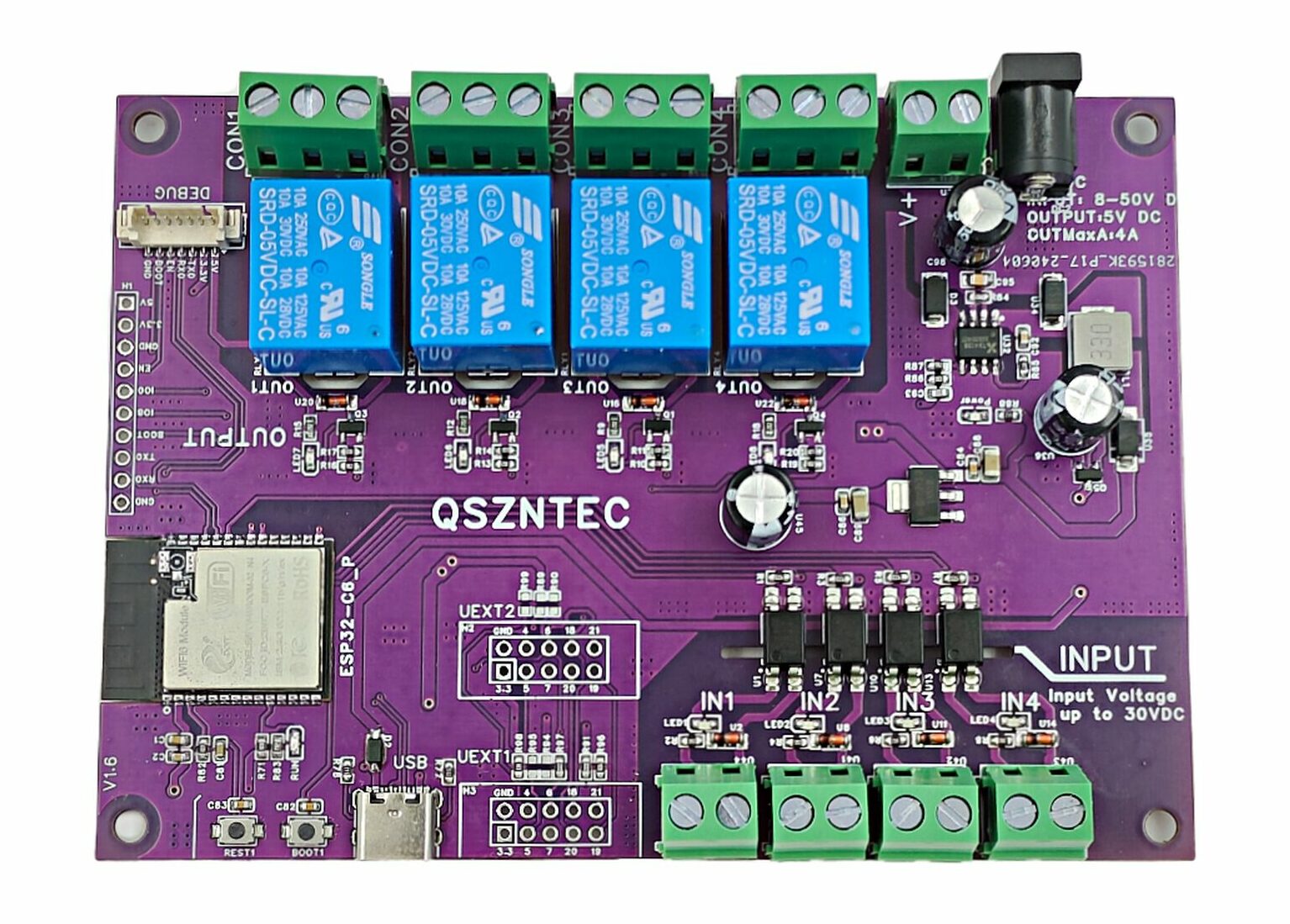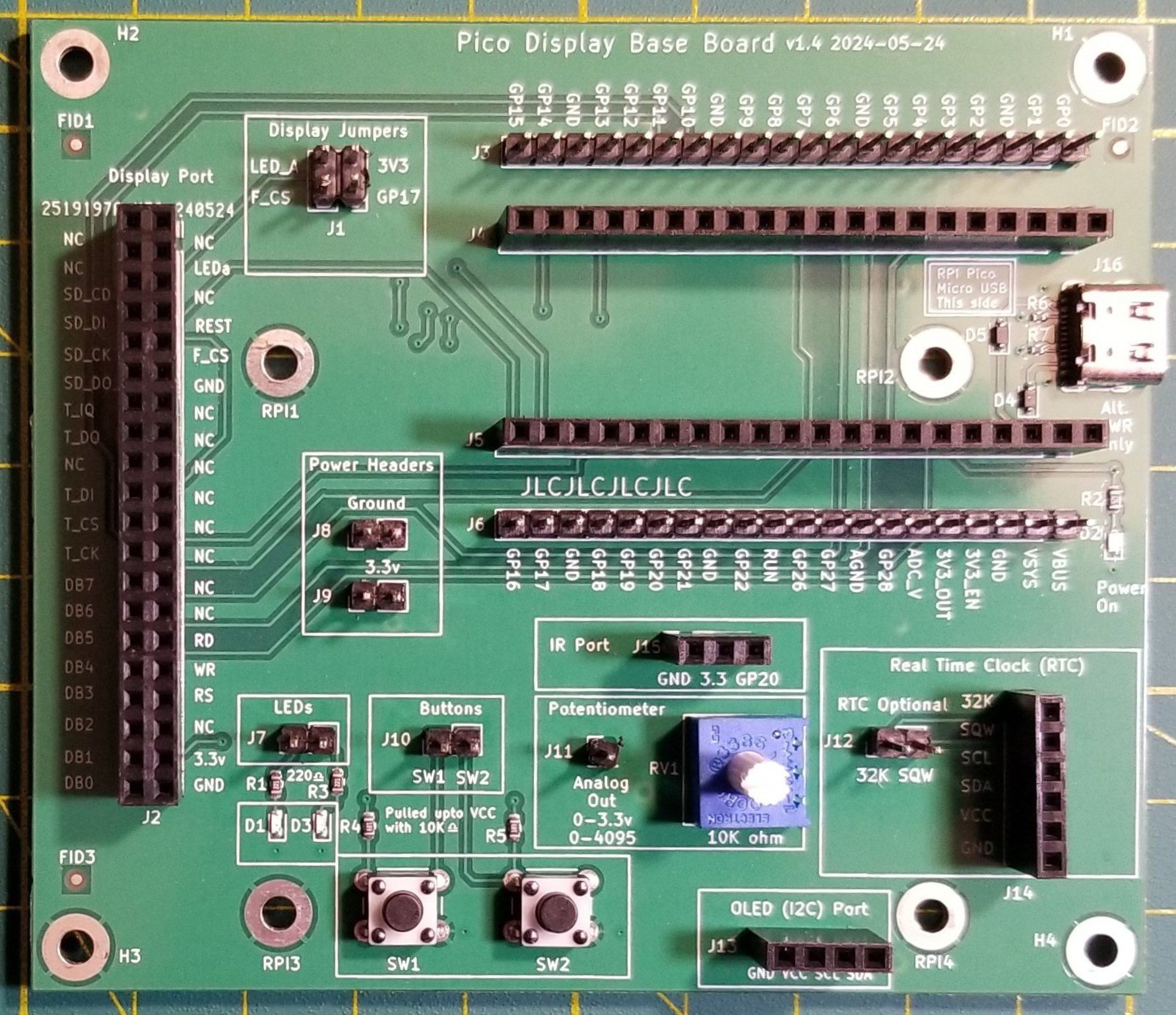The Forlinx FET3562J-C is a Rockchip RK3562/RK3562J powered System-on-Module (SoM) built with a 22nm process and features four high-performance ARM Cortex-A53 cores running at up to 2GHz. It also can support up to 2GB LPDDR4 RAM and can be configured with up to 16GB eMMC storage. Additionally, it has 1 TOPS NPU and standard peripherals like Ethernet, Wifi, Bluetooth, LVDS, MIPI DSI, and much more. All these features make this SoM useful for IoT, automation, and consumer electronic applications. Previously, we have seen Forlinx launch similar SoM with development boards such as the Forlinx RZ/G2L, the FET-MX9352-C, the OK335xS-II and much more feel free to check those out if you are interested in the topic. Forlinx FET3562J-C SoM and carrier board specifications SoM Specifications SoC (one or the other) Rockchip RK3562J – ARM Cortex-A53 quad-core @ 1.8GHz Rockchip RK3562 ARM Cortex-A53 quad-core @ 2.0 GHz NPU – 1 TOPS INT8 […]
Sipeed Tang Mega 138K Dock is a lower-cost GOWIN GW5AST FPGA + RISC-V development board
The Sipeed Tang Mega 138K Dock is a low-cost version of the Tang Mega 138K Pro development board launched last year with the GOWIN GW5AST FPGA + RISC-V SoC, two SPF+ cages, a PCIe 3.0 x4 interface, and DVI Rx and Tx ports. The new Tang Mega 138K Dock keeps a GW5AST FPGA SoC but with a 484-ball package that fits on a smaller system-on-module, and does without the SPF+ cages, replaces the PCIe 3.0 x4 interface with a PCIe 2.0 x4 interface, and only uses a single HDMI port for DVI Rx or Tx. Sipeed Tang Mega 138K system-on-module Let’s first have a look at the specifications of the SoM itself: SoC FPGA – GOWIN GW5AST-LV138FPG484A with 138,240 LUT4 1,080 Kb Shadow SRAM (SSRAM) 6,120 Kb Block SRAM (BSRAM) Number of BSRAM – 340 298x DSP slices 12x PLLs 16x global clocks 24x HCLK 8x transceivers at 270Mbps to […]
Infineon CY8CKIT-062S2-AI PSoC 6 Edge AI evaluation kit features multiple sensors, Arduino headers, Pmod connectors
Infineon CY8CKIT-062S2-AI evaluation kit is a hardware platform built around the PSoC 6 family of MCUs and designed to help developers easily create and test edge AI applications. The dev board features an array of sensors including radar, microphone, magnetometer, IMU, and an air pressure sensor, which make it easy for data collection applications. The board also features Wi-Fi and Bluetooth connectivity and includes an additional expansion header that can be used to connect other modules and sensors. All of these features make this board useful for building a wide range of AI-powered applications, including smart home automation, industrial monitoring, wearables, healthcare devices, and robotics. Previously we have written about similar low-power edge AI modules such as the Digi ConnectCore MP25, the Axiomtek AIE110-XNX, and the Arducam KingKong feel free to check those out if you are interested in such low-power modules. Infineon CY8CKIT-062S2-AI Evaluation Kit specifications: MCU – Infineon […]
Elecrow LR1262 development board combines Raspberry Pi RP2040, SX1262 LoRaWAN module, and 1.8-inch LCD
Elecrow LR1262 development board combines a Raspberry Pi RP2040 microcontroller with the company’s LR1262 LoRaWAN module based on STM32WL LoRa SoC with support for 868 and 915 MHz frequency bands, and a 1.8-inch LCD. The board also offers an RS485 terminal block to connect sensors and actuators, plenty of connectors and headers for further expansion, several buttons for user control, and LEDs for debugging/monitoring. Elecrow LR1262 development board specifications: MCU – Raspberry Pi RP2040 dual-core Arm Cortex-M0+ @ 133MHz built-in 264KB SRAM Storage – 4MB flash Display – 1.8-inch 128×160 TFT LCD using ST7735S 4-wire SPI driver Wireless – Elecrow LR1262 LoRaWAN module MCU – STMicro STM32WLE5CCU6 Arm Cortex-M4 32-bit, 256 KB Flash, 64KB RAM RF transceiver – Semtech LX1262 Frequency band – 150 MHz to 930 MHz (Note: the board itself is advertised as supporting 803MHz to 930MHz: IN865, EU868, AU915, US915, KR920, RU864, and AS923) LoRaWAN protocol – […]
LILYGO T-Energy-S3 ESP32-S3 board offers 18650 battery holder, two 20-pin GPIO headers
LILYGO T-Energy-S3 is an ESP32-S3 WiFi and Bluetooth IoT board with an 18650 battery holder, a USB-C port for charging and programming, and plenty of I/Os thanks to two 20-pin GPIO headers and a Qwiic connector. We’ve already covered a large number of ESP32-S3 boards and products, including some designs for battery operation such as the Tokay Lite AI camera board, LILYGO’s T7-S3 board, and Smart Bee Designs’ Bee S3 board among others. But that usually means providing a 2-pin connector and charging circuitry to connect a LiPo battery, but the T-Energy-S3 ESP32-S3 board works directly with an off-the-shelf 18650 rechargeable Lithium battery. T-Energy-S3 specifications: Wireless Module – ESP32-S3-WROOM-1-N16R8 Espressif Systems ESP32-S3R8 – Dual-core Tensilica LX7 @ up to 240 MHz with vector instructions for AI acceleration, 512KB RAM, 8MB PSRAM Storage – 16 MB flash Wireless – 2.4 GHz WiFi 4 and Bluetooth PCB antenna USB – 1x USB […]
Olimex NEO6502 is a W65C02 and Raspberry Pi RP2040-powered retro computer with HDMI, USB, and more
Olimex has recently launched NEO6502 an open-source hardware retro computer designed for educational and entertainment purposes, but that doesn’t mean it can’t be used for retro gaming. The board is very unique as it’s built around a 65C02 MPU and Raspberry Pi Pico RP2040 MCU in a dual-processor configuration. The MOS6502 handles the Apple II, Oric, and Commodore 64 emulators whereas the RP2040 handles everything else including HDMI (DVI) video output using the PicoDVI project. Previously we have written about similar retro computer kits such as the CERBERUS 2100, TinyLlama x86, DevTerm with ClockworkPi v3.14, Olimex AgonLight2, and many others feel free to check those out if you are interested in retro tech with a modern twist. Olimex NEO6502 board specifications Processors Western Design Center W65C02S 8-bit microprocessor @ 6.25 MHz with 64kB RAM, 32kB Graphics RAM Raspberry Pi RP2040 dual-core Cortex-M0+ MCU @ 133 MHz with 264 KB SRAM Storage […]
Maker Go ESP32-C6-EVB quad-relay board supports Wi-Fi 6, BLE 5, Zigbee for smart home applications
The Maker Go ESP32-C6-EVB is an open-source development board built upon the ESP32-C6 module. It integrates four relays and four opto-isolated inputs and supports multiple wireless technologies including Wi-Fi 6, Bluetooth Low Energy 5.0, and Thread/Zigbee. The Espressif ESP32-C6 on the development board is a single, RISC-V system-on-chip with 2.4GHz Wi-Fi 6 (802.11ax), Bluetooth 5 (LE), and Thread/Zigbee (802.15.4). It is integrated into the ESP32-C6-WROOM-1-N4 module with an onboard PCB antenna, 4MB of SPI flash, and 23 GPIOs. We have seen a fair amount of ESP32-C6 boards recently, including the SparkFun Thing Plus, WeAct ESP32-C6-Mini, ESP32-C6-Pico, and the ePulse Feather C6. Maker Go ESP32-C6-EVB specifications: Wireless module – ESP32-C6-WROOM-1-N4 module with Espressif Systems ESP32-C6 single core 32-bit RISC-V processor @ 160 MHz with 2.4 GHz WiFi 6 1T1R with Target Wake Time (TWT) support, Bluetooth LE 5.0, and 802.15.4 radio for Zigbee, Thread, Matter, 2.4GHz proprietary Storage – 4MB SPI […]
The Pico Display Base Board offers a simpler way to create Raspberry Pi Pico LCD projects
The Pico Display Base Board is a printed circuit board from Applying Microcontroller Solutions that provides a platform for building Raspberry Pi Pico-based display projects. It works with a Raspberry Pi Pico board and an LCD screen based on the Solomon Systech SSD1963 display controller. The Pico Display Base Board features a 40-pin header (Display Port) which connects to GPIO on the Pico to provide an 8-bit parallel interface for the display and SPI pins for the touchscreen and integrated SD card. It supports various display sizes from 4.3 inches up to 7 inches. Displays up to five inches can be powered directly by the Pico. A jumper block on the board can be used to pass power to the LCD and wire the display’s optional flash chip to the Pico. A USB-C port on the board can provide an alternative power source for larger displays. It also has male […]


